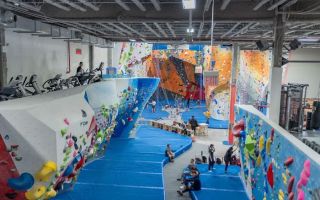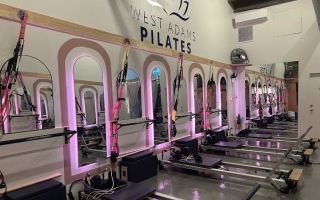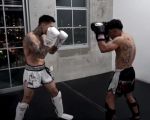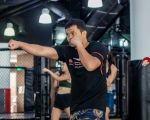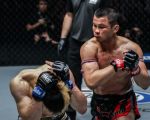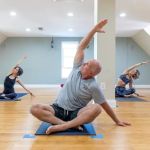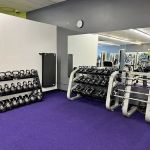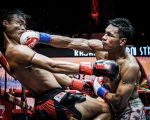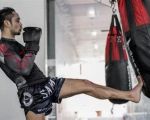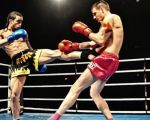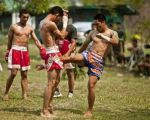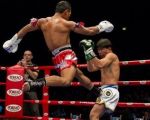Muay Thai Stretching and Flexibility for Injury Prevention: Enhance Performance and Avoid Injuries
- The Importance of Flexibility in Muay Thai
- Key Stretching Routines for Muay Thai
- Dynamic vs Static Stretching for Muay Thai
- Common Muay Thai Injuries and How to Prevent Them
- Humble Challenger Tips for Safe and Effective Stretching
The Importance of Flexibility in Muay Thai
Muay Thai is an intense and demanding martial art that requires both strength and flexibility. Whether you're delivering powerful roundhouse kicks or attempting evasive maneuvers, having optimal flexibility can make all the difference in your performance. Flexibility increases the range of motion in your joints, allowing you to execute techniques with greater precision, fluidity, and speed.
Additionally, increased flexibility helps prevent muscle strain, especially in the legs, hips, and lower back, which are often subjected to high stress during training. By incorporating flexibility exercises into your routine, you reduce the risk of injuries such as pulled muscles or ligament strains. Therefore, stretching and flexibility should be an integral part of any Muay Thai practitioner's workout regimen.
Key Stretching Routines for Muay Thai
When it comes to Muay Thai stretching, focusing on the muscles most used in the sport—such as the hips, hamstrings, quads, and shoulders—is crucial. A well-rounded stretching routine should include both dynamic and static stretches that target these areas and help prepare your body for the rigorous demands of training.
Some of the best stretching exercises for Muay Thai include:
- Hip Flexor Stretch: This stretch helps open up the hips, which is essential for executing high kicks and maintaining balance during various techniques.
- Hamstring Stretch: Flexibility in the hamstrings ensures a wider range of motion for your kicks and helps prevent strain.
- Quadriceps Stretch: Stretching the quads helps with explosive movements, especially in the lower body when throwing powerful kicks.
- Shoulder Stretch: Since Muay Thai also involves a lot of hand and elbow strikes, flexibility in the shoulders can improve your reach and form.
Dynamic vs Static Stretching for Muay Thai
Both dynamic and static stretching have their place in a Muay Thai stretching routine, but understanding the difference and when to use each is key to injury prevention.
Dynamic stretching involves moving parts of your body and gradually increasing the range of motion as you warm up. This type of stretching is perfect before training as it activates the muscles and increases blood flow. Examples of dynamic stretches include leg swings, arm circles, and lunges. These stretches prepare your muscles for the intense movements in Muay Thai without risking injury.
Static stretching involves holding a stretch for 15 to 30 seconds to increase flexibility. Static stretches are best done after a workout when your muscles are warm. These stretches help to lengthen and loosen muscles, improving flexibility over time. Incorporating static stretches into your post-training routine can help alleviate muscle tightness and prevent soreness.
Common Muay Thai Injuries and How to Prevent Them
In Muay Thai, like any combat sport, injury prevention is crucial. Some of the most common injuries include:
- Muscle Strains: Often occurring in the hamstrings or quads due to sudden, powerful kicks.
- Joint Sprains: Particularly in the ankles and knees, which endure the pressure of kicks and pivots.
- Shin Injuries: While Muay Thai fighters are known for their hardened shins, improper training can lead to shin splints or fractures.
Preventing these injuries starts with regular stretching and proper warm-up and cool-down routines. Additionally, using protective gear, such as shin guards and ankle supports, can help mitigate the risk of injury. Staying consistent with flexibility training, as well as listening to your body and allowing adequate rest, will keep you training safely and effectively in the long run.
Humble Challenger Tips for Safe and Effective Stretching
At Humble Challenger, we believe that injury prevention is just as important as skill development. Here are some key tips to help you maximize your Muay Thai stretching routine:
- Warm Up Properly: Always start with light cardio to get your blood flowing before diving into stretches.
- Consistency is Key: Flexibility takes time, so stick to a routine and don't expect immediate results.
- Focus on Breathing: Deep, controlled breathing during stretches helps release tension in the muscles and enhances flexibility.
For more Muay Thai training tips and flexibility exercises, visit Humble Challenger for expert advice and the latest products designed to enhance your training.










